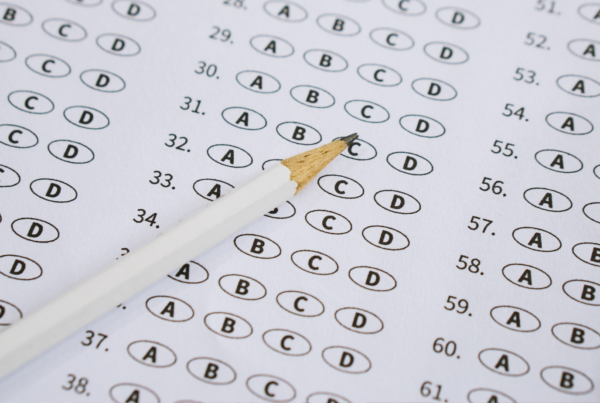by Scott Lutostanski – Director of Academic Consulting
One day last week, I woke up and did my normal routine: took the dog for a walk, headed off to the gym for a workout, came home, made some breakfast and coffee, packed up my lunch, and got ready to head off to work. The one difference? Before heading off the gym, I started a load of laundry, something I don’t normally do in the morning. In my head, I thought “just make sure to throw the laundry in the dryer before heading to work so you can come home and fold them tonight.” But for some reason, by the time I got home from the gym an hour later, that plan did not happen at all. In fact, I forgot to change the laundry before heading off to work. The result? Soaking wet clothes sitting in the washer all day getting insanely wrinkly.
What was responsible for this lapse in thinking and following through? The answer is working memory. Many people think working memory is our short term memory, but it is not. Working memory is much more than that. Short term memory allows us to work with a limited number of objects in the moment (7 plus or minus 2 to be exact). “Working memory gives us the ability to do something with the information at hand rather than just remember it briefly” (Alloway & Alloway, 2013, p. 8). Working memory allows us to manipulate and work with the information that is right in front of us, access our long term memory from previous experiences and knowledge, and move new information for storage into our long term memory. In short, we can take new information, reference old information, and do something entirely new.
For students, we can put this theory to use with an everyday occurrence. If a student is asked to write a paper comparing To Kill and Mockingbird and Huckleberry Finn, this task will put a high level of demand on students. They will have to gather loads of new information, push this into long term storage, be able to successfully access this information, and then be able to analyze it in order to present it in a coherent manner. Similarly, this is why certain math concepts are easy to learn until they need to be applied to a problem in a new context. A strong working memory helps us remember small tasks, problem solve, analyze information, and work with novel and complex tasks. Working memory ability is a strong predictor of school and life success.
So what is the best way to use our working memory to our advantage? The shortest answer is to simplify. In today’s world, we have an unlimited amount of information in our hand. We waste so much of our working memory zipping through our Twitter feeds, Facebook status updates, espn.com, and the constant barrage of work emails and texts. The more we can limit distractions, particularly when trying to work, the more of our working memory will be devoted to the new tasks at hand. Each time we add something new for our mind to hold, we increase the demand put on our working memory. Notes, lists, and reminders can ease some of this pressure and allow our working memory to be free to work for us. In other words, try to get your working memory as close to keeping track of 1 thing as possible. If I need to write this blog, then I should close the tab with my email open, put my cell phone across the room, and hide my “to do” list. This will allow me to focus my attention on the writing…not saying I did this exactly. But if I did, I will be able to analyze, sort, and express information in an easier manner. Many students, particularly very bright students, struggle with working memory. In order to help them, there must be a large emphasis put on simplifying the amount of information that is being used in real time. These school tasks are only the tip of the iceberg with working memory. Working memory plays a large role in our relationships, impulsivity, long term goal directed behaviors, stress, habits (think smoking, eating, drinking, sleeping, etc.), and risk taking. For more information on this topic, I recommend reading the book referenced below.
Alloway, T. P., & Alloway, R. (2013). Working memory: the connected intelligence. New York: Psychology Press.





